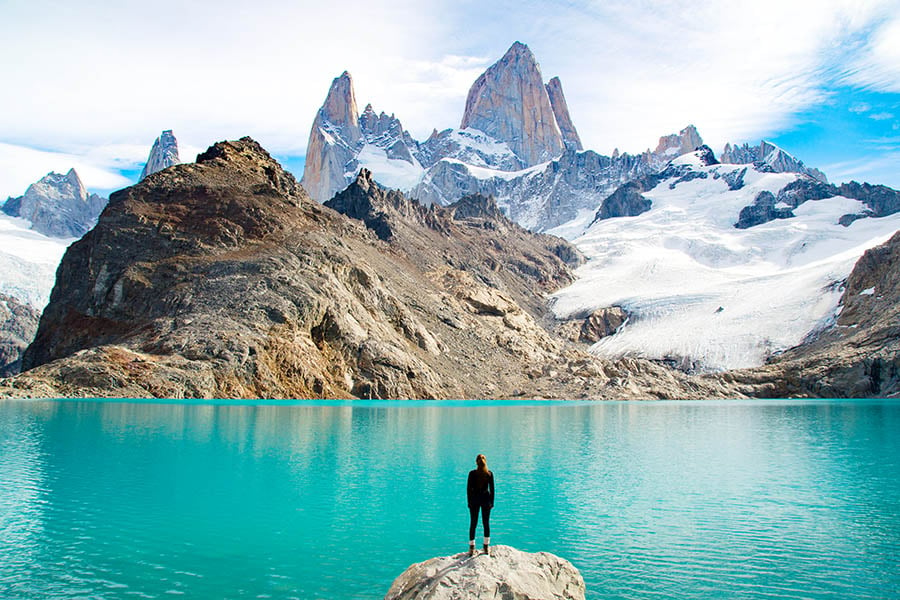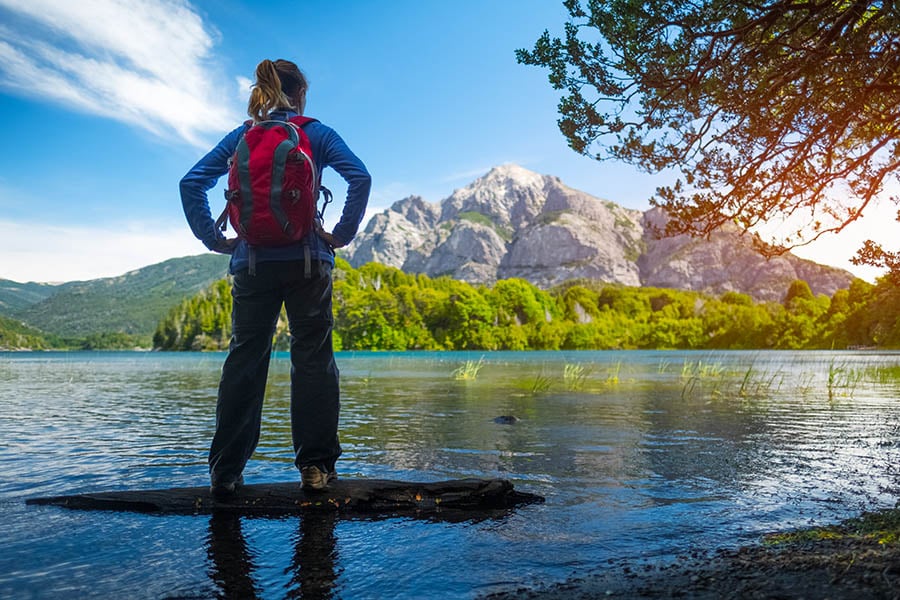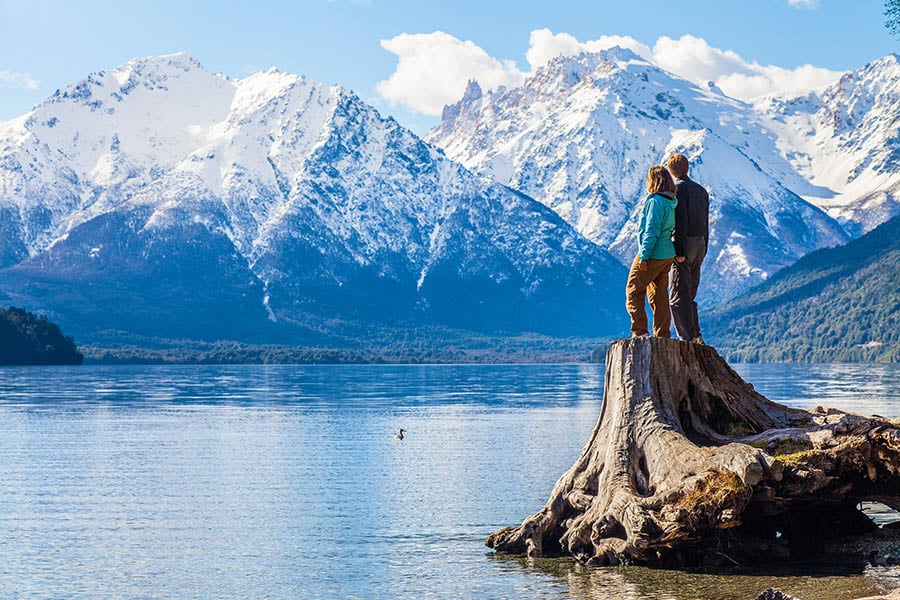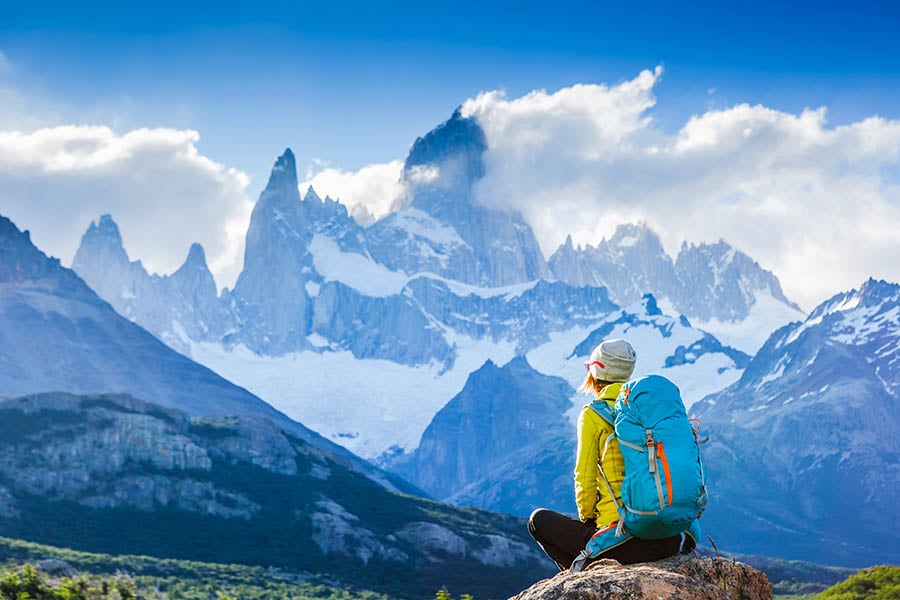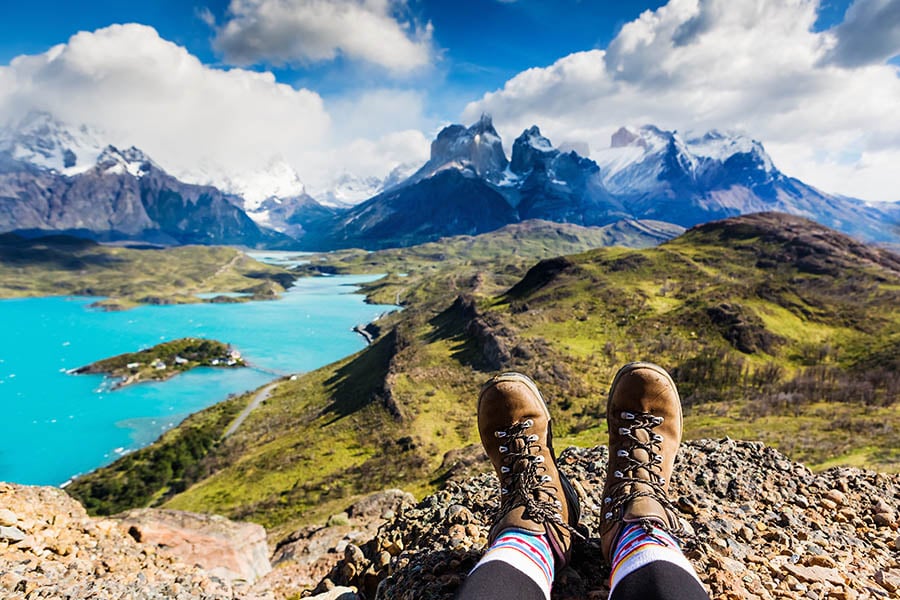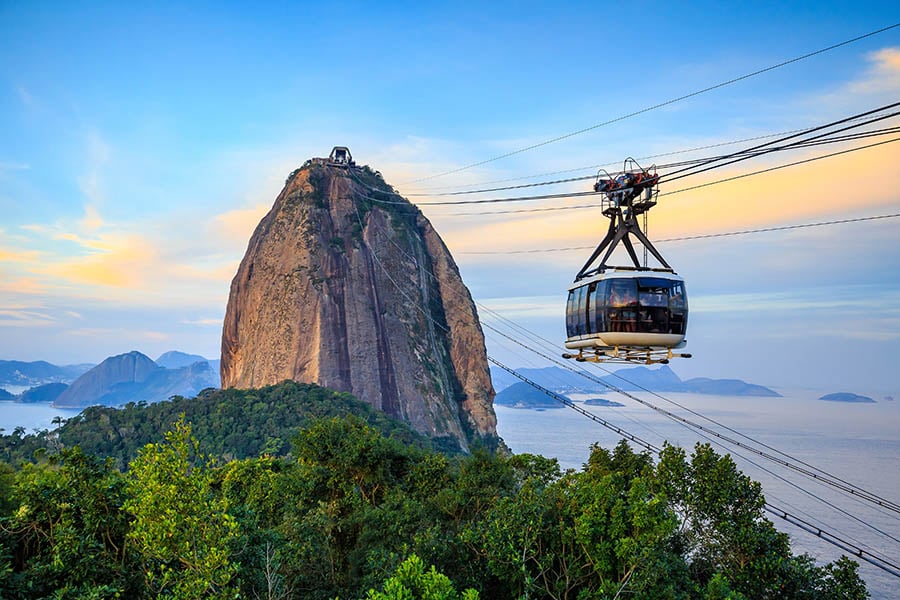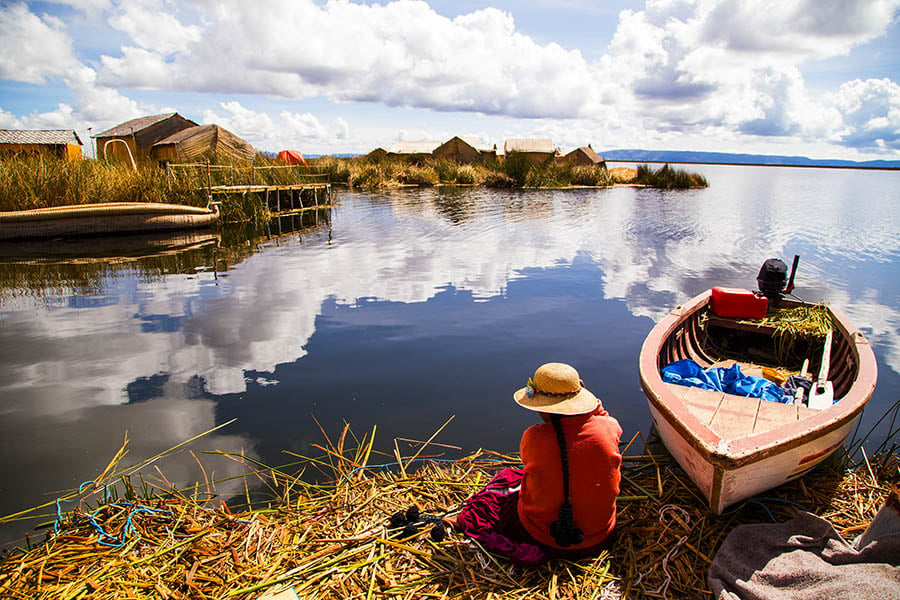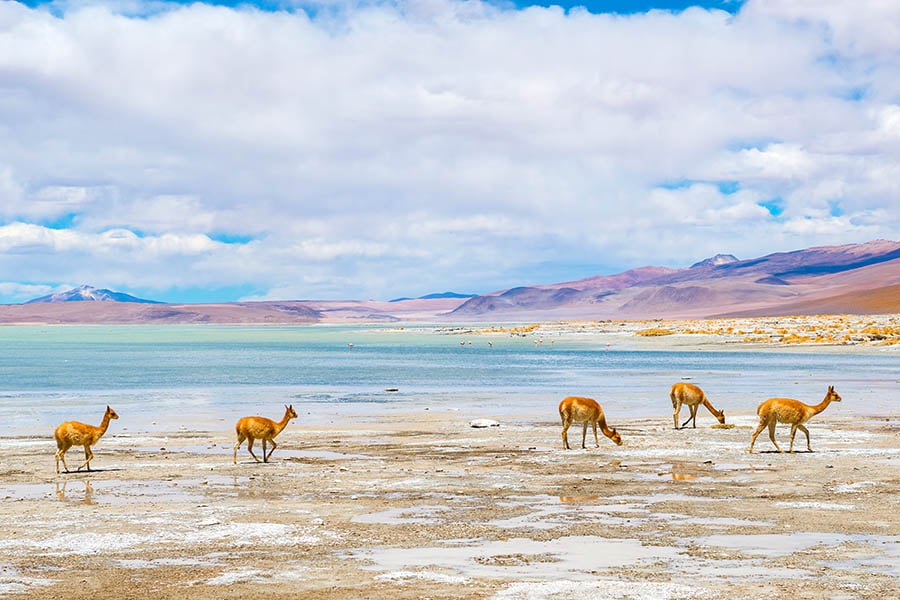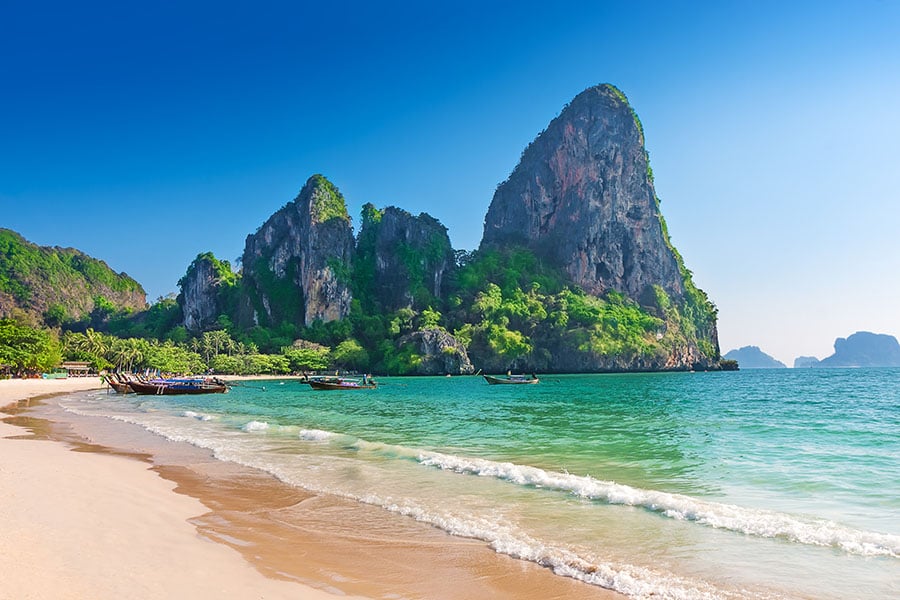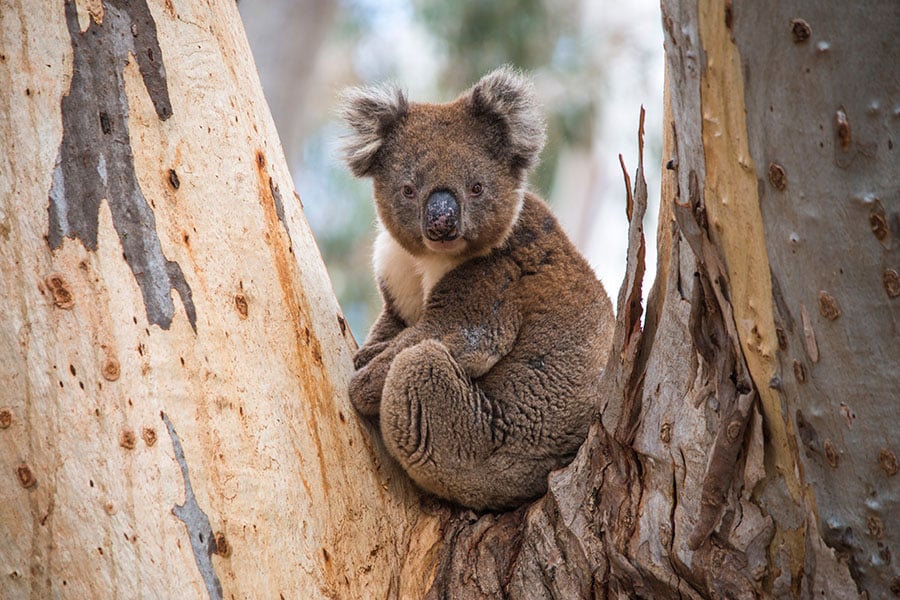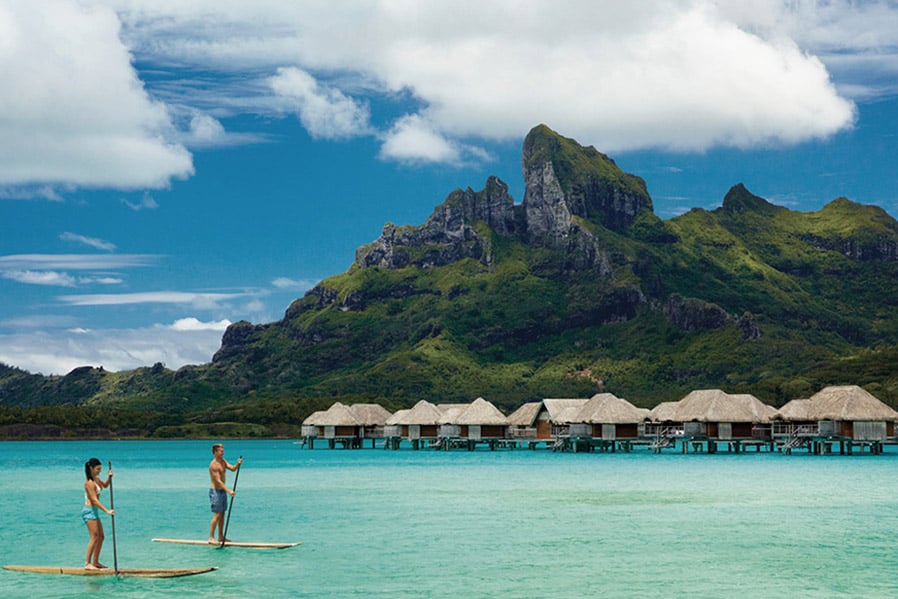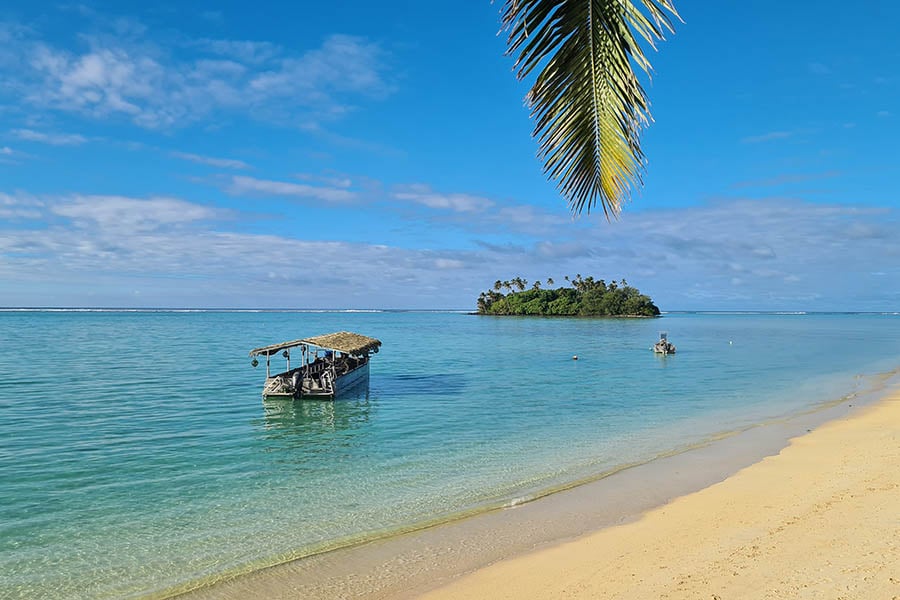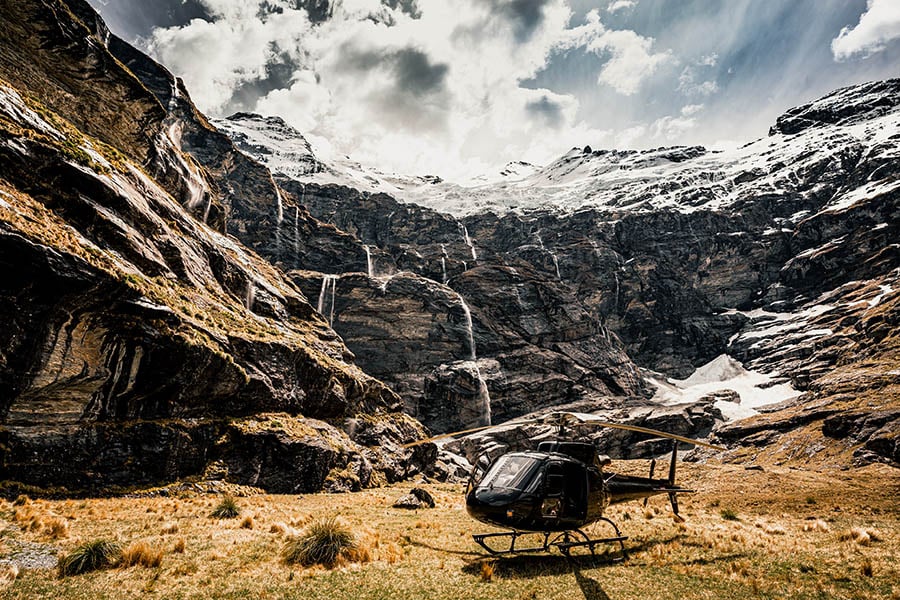Exploring Argentina: the perfect Buenos Aires to Patagonia itinerary
I was 10 when Maradona broke my heart with his infamous ‘Hand of God’ goal in the quarter-final against England, which put us out of the 1986 World Cup. I’ve never quite forgiven him.
Having never been to South America, I was determined to put this right by visiting Argentina. Following my love of mountains, Patagonia was an area of the world I’d wanted to visit for a long time; so I embarked on a Buenos Aires to Patagonia itinerary, a journey packed full of beautiful hikes, gigantic glaciers and exceptional wildlife. I also hoped deep down that I might finally let myself forgive Maradona.
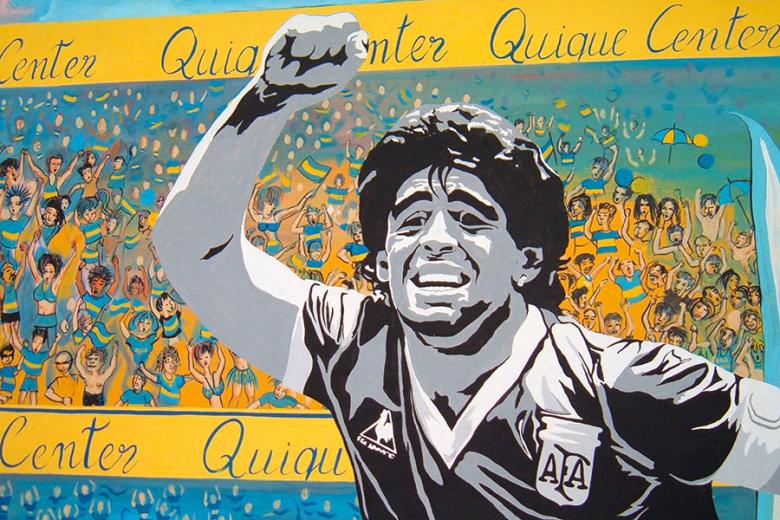
Buenos Aires: Argentina’s beating heart
Buenos Aires, Argentina’s capital and biggest city of around three million people, is where I flew into at the start of my first trip to South America. It’s an easy starting point and its combination of wide avenues, narrow side streets and old Spanish-style architecture gives it a very European feel. It’s basically a bit of a mashup of Lisbon, Madrid and Paris, so what’s not to like!
I recommend treating yourself to a lovely ‘Alfajor’ in one of the numerous good-quality coffee shops in Buenos Aires. An ‘Alfajor’ is a traditional South American confectionary biscuit, a bit like a Wagon Wheel biscuit, filled with ‘dulce de leche’ (South American caramel). Just delicious!
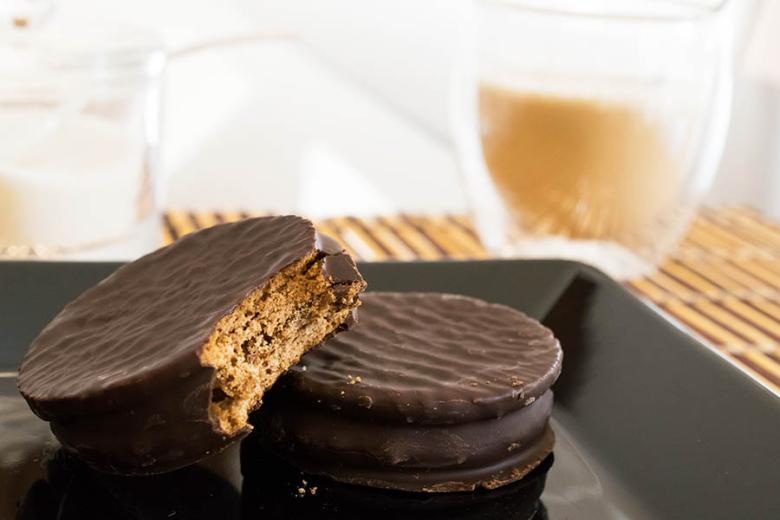
A trip to this city isn’t complete without a visit to the colourful working-class neighbourhood of La Boca, with its fantastic street art, brightly painted houses and tango dancers performing in the streets. That said, I didn’t come all this way to spend too long in the city, so the following day we started our journey into Argentina’s Patagonia region with a domestic flight into El Calafate.
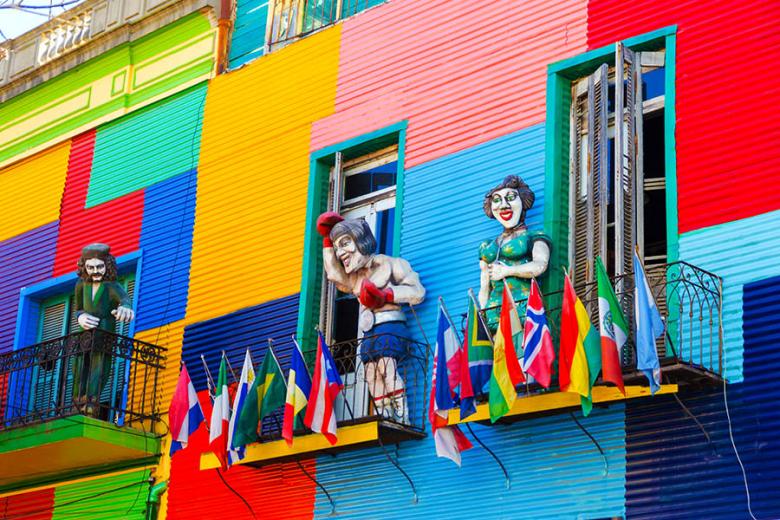
El Calafate
The town of El Calafate is a lovely little tourist-friendly town and one of the main entry points into Patagonia from Buenos Aires. El Calafate’s airport is one of those stunning little places you’ll really remember. The views from the plane on arrival are of a barren moon-like vista, but as you land, the airport is located alongside a stunning lake which catches the sun beautifully on a clear day.
El Calafate’s main street, Avenue del Libertador, has a good mix of bars with live music, great restaurants (La Zaina Restaurant serves the best lamb shanks I’ve ever had), outdoor equipment for your hikes and souvenir shops. Its location, at just one hour from Perito Moreno Glacier, makes it the perfect base for seeing one of Patagonia’s major highlights.
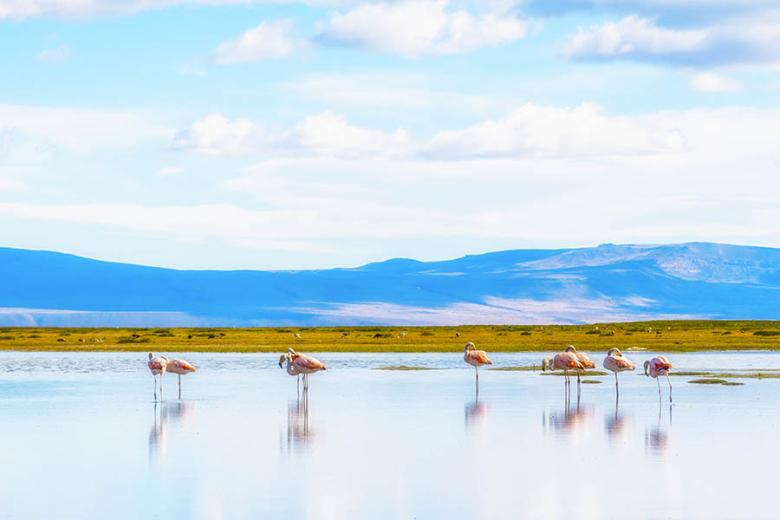
Perito Moreno Glacier
The glacier is just as spectacular in real life as in the pictures and it was a real highlight of the trip for me. It is staggering in size and even though we had good weather, we still couldn’t really see the back as it just disappeared off into the horizon. At over 250km2, Perito Moreno Glacier is the world's third largest reserve of fresh water and one of only a few advancing glaciers that are left in the world.
We took a morning boat cruise that gets you very close to the south face of it, then stood open-mouthed as we watched huge chunks falling away into the lake. We also had a great local guide who spent the day telling us about every aspect of its fascinating geology.
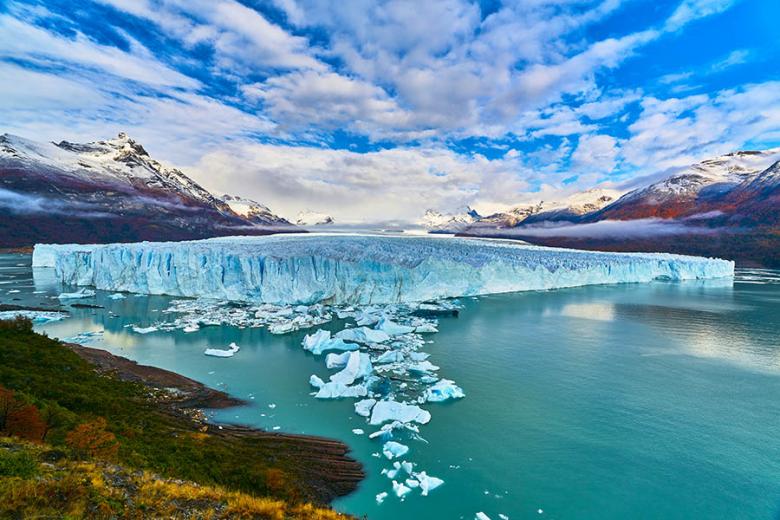
After we disembarked the boat, we spent three or four hours walking along the boardwalks on the island that sits opposite the glacier, offering spectacular viewpoints. It’s also possible to take a dry-suited kayaking trip or go for a glacier hike complete with crampons and ice axes.
Following our long walk, we celebrated in one of the restaurants with a large pour of a Scottish Single Malt, complete with great hunks of glacier ice (something a Scottish girl on our trip said was sacrilege, but when in Rome…)
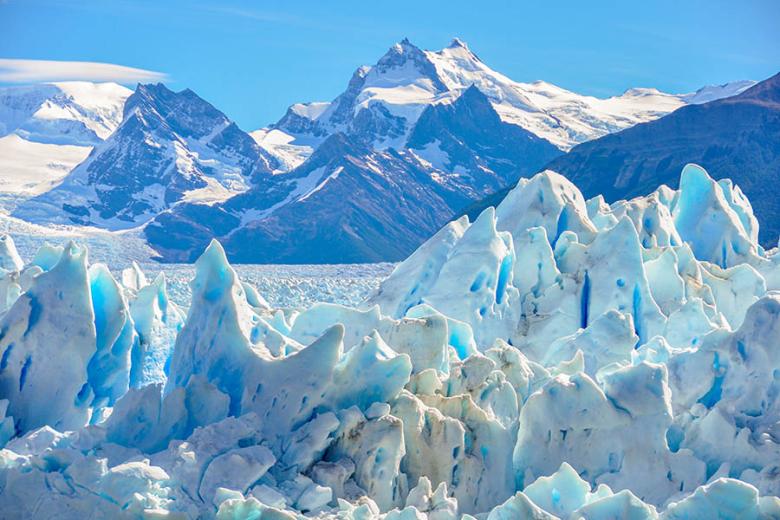
El Chalten and Los Glaciares National Park
From El Calafate, we drove three hours north, around Lake Argentino and Viedma, to the lovely little town of El Chalten, which has been declared the ‘National Capital of trekking in Argentina’. It’s so quaint, perhaps only four or five blocks square, and it reminded me of a ski resort with its charming hotchpotch mix of log cabins, alpine lodges and striking moon domes.
El Chalten has loads of active options, from mountain treks to white-water rafting, rock climbing and mountain biking. We were there for two nights and chose to trek to the top of Mount Fitzroy, one of the striking jagged mountain towers that make for an iconic Patagonia postcard shot.
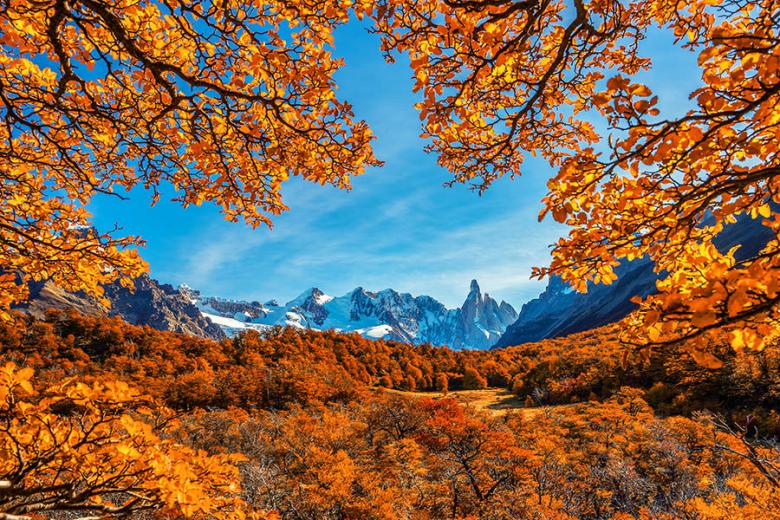
The trek was a long and tough day, but oh so worth it! We took packed lunches and lots of snacks, and we trekked for around 8-9 hours, covering 26km in total.
The terrain is a mix of woodlands, stony paths and trails running alongside freshwater lakes. It’s mainly what the local guide called ‘Patagonia flat’, which is basically “a little bit up, a little bit down”, but manageable uphill overall. However, the last 1.5km is a very steep path up over large rock steps. If you have bad knees like me, I’d recommend hiring collapsible trekking poles, because it makes a big difference for the harsher uphill sections.
When we reached the top, one of the lakes, Laguna de Los Tres, was still covered in snow. Just a tiny bit further gets you to the lookout, where you can see the stunning Laguna Sucia with its amazing deep blue colouring and the Mt. Fitzroy towers as its backdrop, just jaw-droppingly beautiful.
Puerto Natales and Torres del Paine
We drove the 3.5 hours from El Calafate to Puerto Natales in Chile, which was to bookend our 3-day trekking adventure into Torres Del Paine National Park. The border crossing into Chile was comical: it’s a just tiny building on a road in the middle of absolutely nowhere!
The town’s setting by the water is stunning but there isn’t very much to Puerto Natales. A few square blocks made up of outdoor stores, cafes, restaurants and a big supermarket good for stocking up on snacks, trail mix and a few post trek beers for the next few days. We had an evening briefing with our guides, packed a small dry bag with everything we’d need for the next few days and left our main bags in the hotel. After appreciating one final night of sleeping in a proper bed for a few days, we set off early to drive to our starting point for the world-famous W-trek.
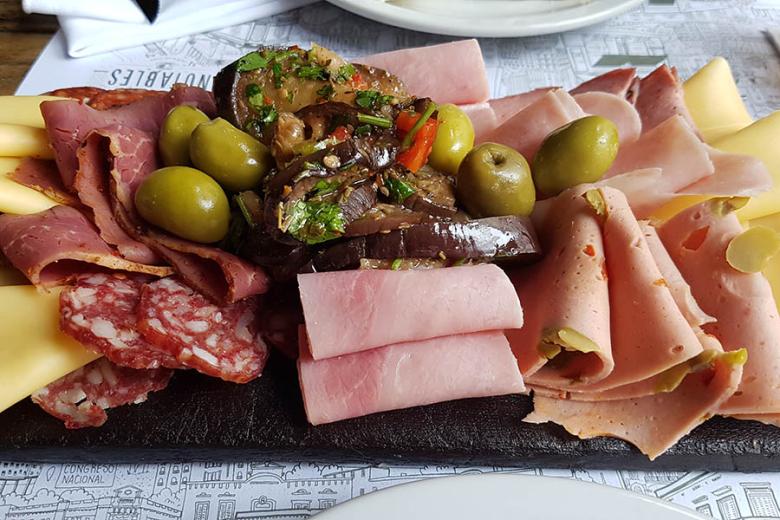
The ‘W’ Trek
The W trek is one of Patagonia’s most famous three-day treks. It takes you up a series of valleys and back again, which when you look at it on a map forms a letter ‘W’ shape.
Day 1: Las Torres – 20km
Our first day was comparable to the Mt Fitzroy trek, in terms of distance and difficulty. We trekked around 25km through woodlands, loose shale paths and rocky mountainside to the base of Las Torres to see the dramatic three towers and turquoise lagoon below it.
After a celebratory beer in the small visitors’ centre at the base of the trek, we drove a short way to our campsite for the night. The campsite’s main building is a cosy refuge from the cold and the wind, and our fine evening meal was promptly wolfed down along with some of Argentina’s fabulous red wine. With tiredness setting in quickly, we retreated to our tents and I think I was asleep within 60 seconds.
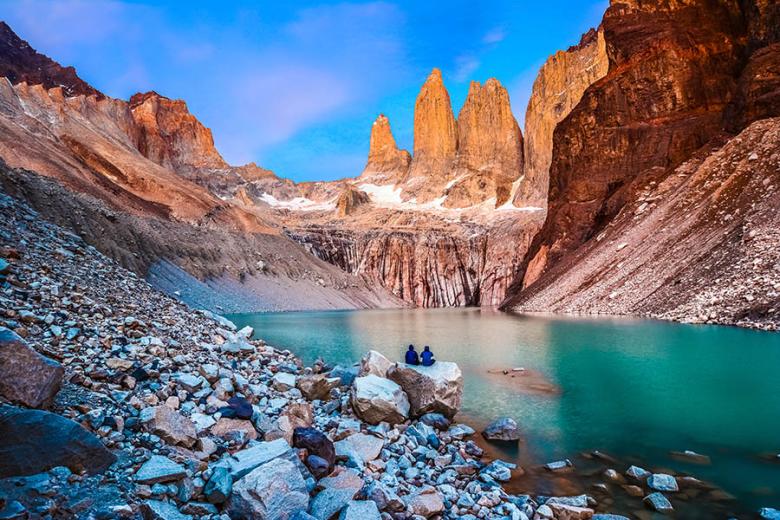
Day 2: The French Valley (Mirador Frances) – 25km
After another early start and hearty breakfast at the ‘refugio’, we crossed Lake Pehoe by ferry to our next campsite and began the hike the French Valley. Some of the terrain here is perhaps the most challenging (very steep rocks and walking along boulder pathways), but it’s definitely the most rewarding. By the time you get to the viewpoint, you’ll have an almost 360-degree view of the mountain ranges all around you.
The sun was warm on our faces. We ate lunch facing the mountain range and its small glacier, and we were lucky enough to see multiple good-sized avalanches coming off the top. Even during my ski seasons, I’ve never seen this, and it was just stunning and a real privilege to witness.
We camped the second night at a refuge that had a communal bar and ‘cantina’, which was great for enjoying a post-hike drink and story swapping.
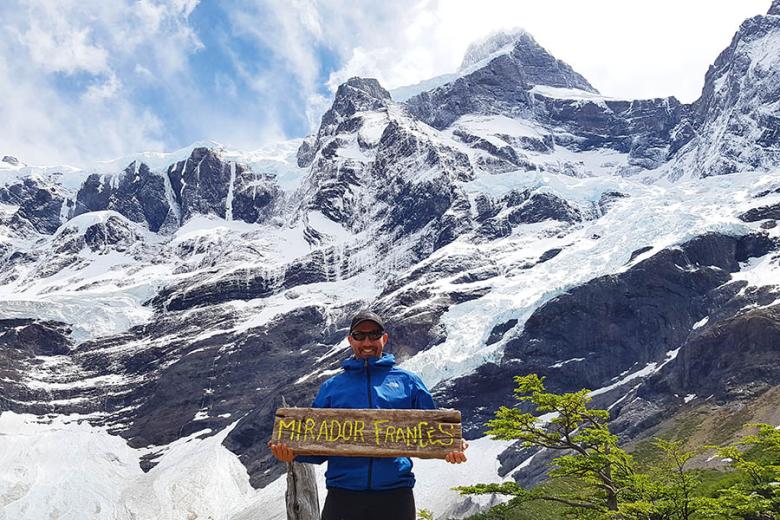
Day 3: Grey Glacier – 12km
Today’s early start entailed a swift hike to the Grey Lake and lookout point for Grey Glacier. Located in the Southern Patagonia Ice Field, it offers spectacular views with its deep blue colour and gleaming surface. Glaciers never get boring and the sheer scale of them always make your mind boggle!
After our hike, we caught the lunch-time ferry back across Lake Pehoe, where our driver was waiting to drive us back to Puerto Natales.
Puerto Natales to Ushuaia
This was a long travelling day by bus/ferry across the Magellan Strait and including some time at the border crossings, it took about 12 hours in total. It was a good day to rest, listen to a few tunes and gaze out of the window and the local express bus service that we took was very comfortable.
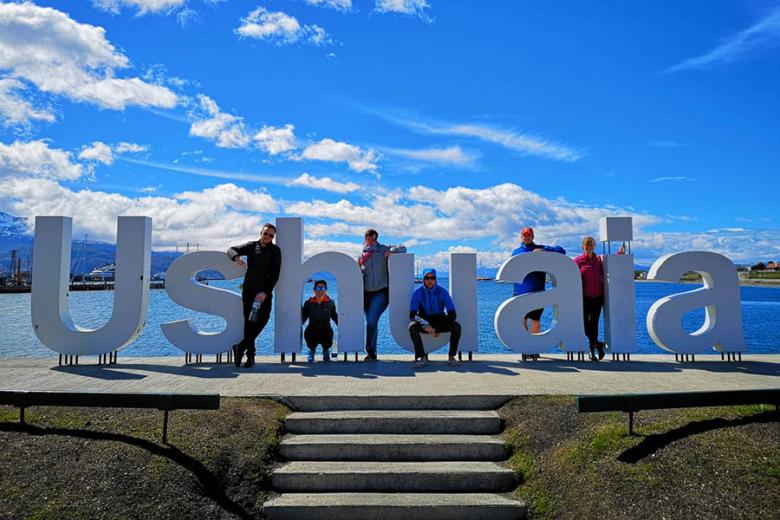
Ushuaia and Tierra del Fuego
Ushuaia is the southernmost city in the world and is located at the very tip of Argentina and South America. The town is a major gateway for cruise ships and Antarctic cruises thanks to its deep port.
Framed by mountain ranges and located on the Beagle channel with the Chilean Andes on the other side of the channel, the town feels like it’s surrounded in every direction by snow-capped peaks. It reminded me a little of Queenstown in New Zealand or Pokhara in Nepal. A stunning town set against water, surrounded by mountains and with adventure activities of every description to easily enjoy as day trips.
We took a great day trip from Ushuaia to the Yécapasela penguin colony on Isla Martillo, imaginatively known by tourists as “Penguin Island”. We spent about an hour walking around the well-conserved reserve, marvelling at the colonies of Magellanic penguins, but we were also lucky enough to see a slightly lost King Penguin (the ones with the beautiful orange colouring)!
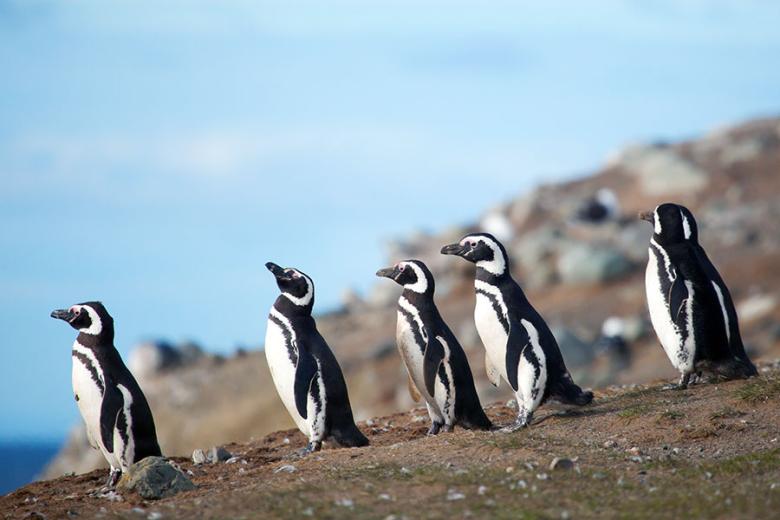
If you enjoy seafood and have already eaten your own body weight in steak whilst in Argentina, Ushuaia has some fantastic seafood restaurants, and the mammoth ‘King Crab’ is the town’s speciality.
A stay at the ‘end of the earth’ wouldn’t be complete without a trip to Tierra del Fuego National Park. Here, you can hike on many beautiful trails or explore the park aboard the steam-powered ‘End of the World Train’ and observe the exceptional wildlife that inhabits this beautiful region.
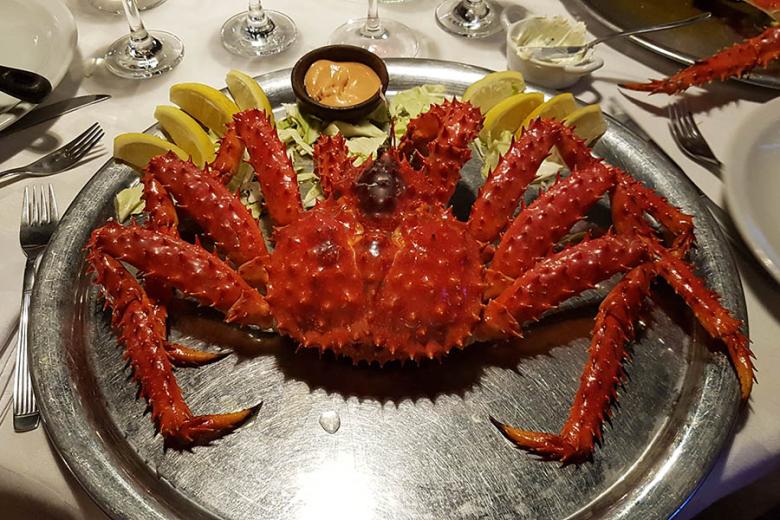
Adios Argentina
Returning to Buenos Aires, on our last night, we visited a restaurant called La Brigada in the lovely old cobblestoned district of San Telmo. It’s the most amazing football-themed restaurant, which I’ll admit sounds tacky, but it was wonderfully well done. Scarves, strips, flags, footballs and other memorabilia adorn every bit of wall and roof space. There was even a small wonder wall, complete with a replica World Cup and signed pictures of Maradona himself.
Our waiter had been working there for over 20 years and was a true gentleman. My ‘Special Steak’, a 450g behemoth, was served rare with a few token vegetables and a great bottle of Argentine Malbec.
It was a perfect ending to a perfect trip and as I left, I gave Maradona’s picture a little nod to say… “That was such a blatant handball dude, how did you get away with that?!”
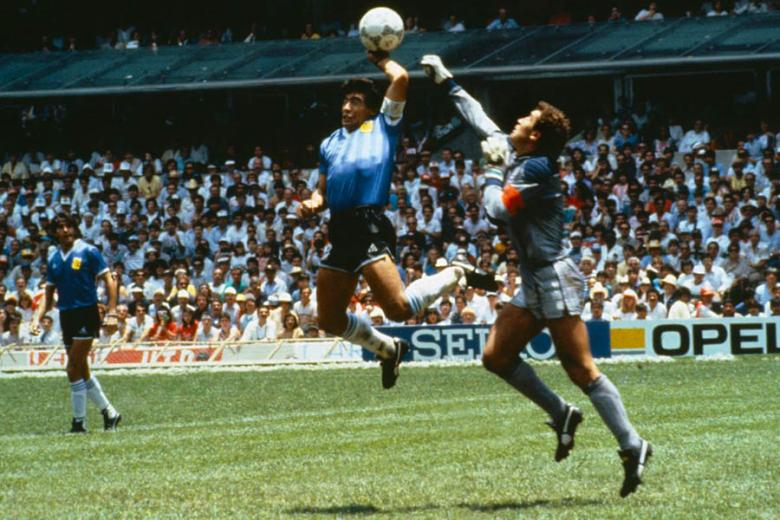
Interested in visiting Buenos Aires and Patagonia?
If you’re interested in Argentina and want to plan a Buenos Aires to Patagonia itinerary, contact me for advice. I can help you find direct or multi-stop flights to Argentina, arrange every aspect of your trip and put together a bespoke, tailor-made Argentina holiday. I travelled through Argentina on a G Adventures small group tour called 'End of the Earth', so contact me directly if you would like to do the same.
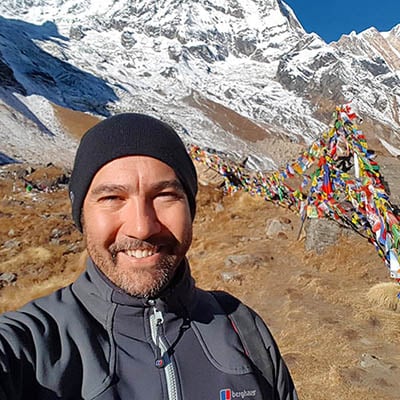
About the author Jim Faulkner
Senior Travel Consultant
Starting his exploration at 19, Jim has travelled around the world several times. Since having a family, his travel plans have become a little shorter and more organised! He has had some great experiences around the world from sailing through Halong Bay in Vietnam to relaxing in a villa in the Maldives and driving down to the Florida Keys with his kids. He is familiar with the loveable chaos of family life and knows how difficult it can be to find time to plan a trip, which is why he enjoys helping parents plan an itinerary that will ensure everyone has a fantastic trip. Jim has over 20 years’ experience in the travel industry and joined Travel Nation in 2015 as a round the world specialist.

